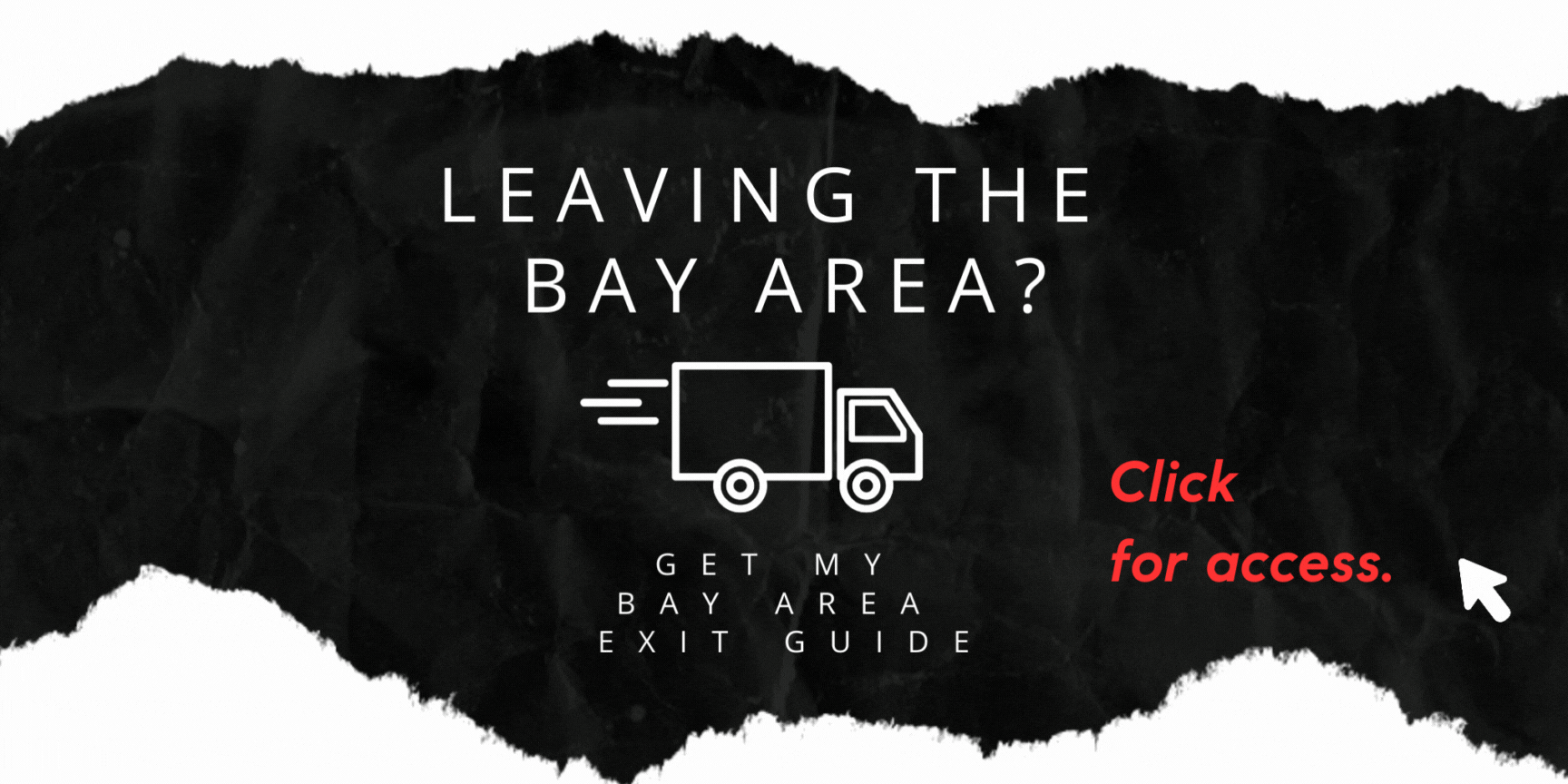If you are presently living in your home, the question of course arises: how to sell a home and then buy – or rent – a replacement property?
There are a number of ways to do that, with the most common being a contingent sale: that is, you add terms to any purchase offer that the sale of your property is contingent upon you finding a replacement property. Of course, the next property you offer on you’ll need to write in that purchase offer that your purchase is contingent upon the successful sale of the property you currently live in.
If you write an offer that is contingent upon the sale of your current home, the seller of the home you want to buy will, more than likely, expect to see that your home is already on the market. If it isn’t, how will they realistically have any idea of how quickly it might be sold, so you can release that contingency? What’s more, the seller of the home you want to buy will more than likely want your home to already be under contract before they’ll consider your contingent offer.
For this reason, before you get too serious about finding a replacement property, you’ll want to have your home prepped, listed, and ideally, already under contract before you make an offer on any other home. As a safety measure, you can make the sale of your home contingent upon you finding a replacement property. That is, you don’t have to go through with the sale of your home until you’re in contract on a replacement property.
Truth be told, buyers and sellers prefer not to work with these kind of contingencies: you’ll shrink the pool of buyers for your home, and you’ll have a harder time getting an offer accepted on your next home if you make a contingent offer. Even so, contingent offers are made and accepted every day, and it’s the path that many homeowners take.
Another option is to see if the buyer will allow for a rent-back: say that after the sale closes, you are allowed to rent back the property from the new owner for a period of say 30 or 60 days. If your buyer is telling his lender he intends to live in the property once the sale closes, the lender will usually only allow a maximum of 30 to 60 days rent-back. You may be able to subsequently extend that, but the buyer would then be in breach of his loan agreement with the lender, and anyway, the buyer is probably anxious to move in and get settled themselves. If, however, the buyer of your property just intends to rent it out to someone else regardless, there probably won’t be a problem stretching the rental period out considerably longer.
As unattractive idea as this will be for a lot of people, the best option for many will turn out to be getting a short term rental. This does involve moving twice, however, a lot of short term rentals are furnished. If you are able to find a month-to-month rental, it gives you the luxury of finding a great replacement property without being rushed to get out of your current home before your rent-back period is up, and allows you to make a strong, non-contingent offer on your next home.
When moving, considering getting a POD. If you are not familiar with the POD system, the way it works is that the company will deliver to you a storage pod, into which you load the contents of your home. When the POD is loaded, the company comes and picks up the POD and places it in their storage facility. When you are ready to move in to your new house, the company delivers your POD to the new address. Easy!


![[M06/S13] Moving after Selling your Home](https://assets.agentfire3.com/uploads/sites/1152/2014/09/canstockphoto1477492-500x500.jpg)
